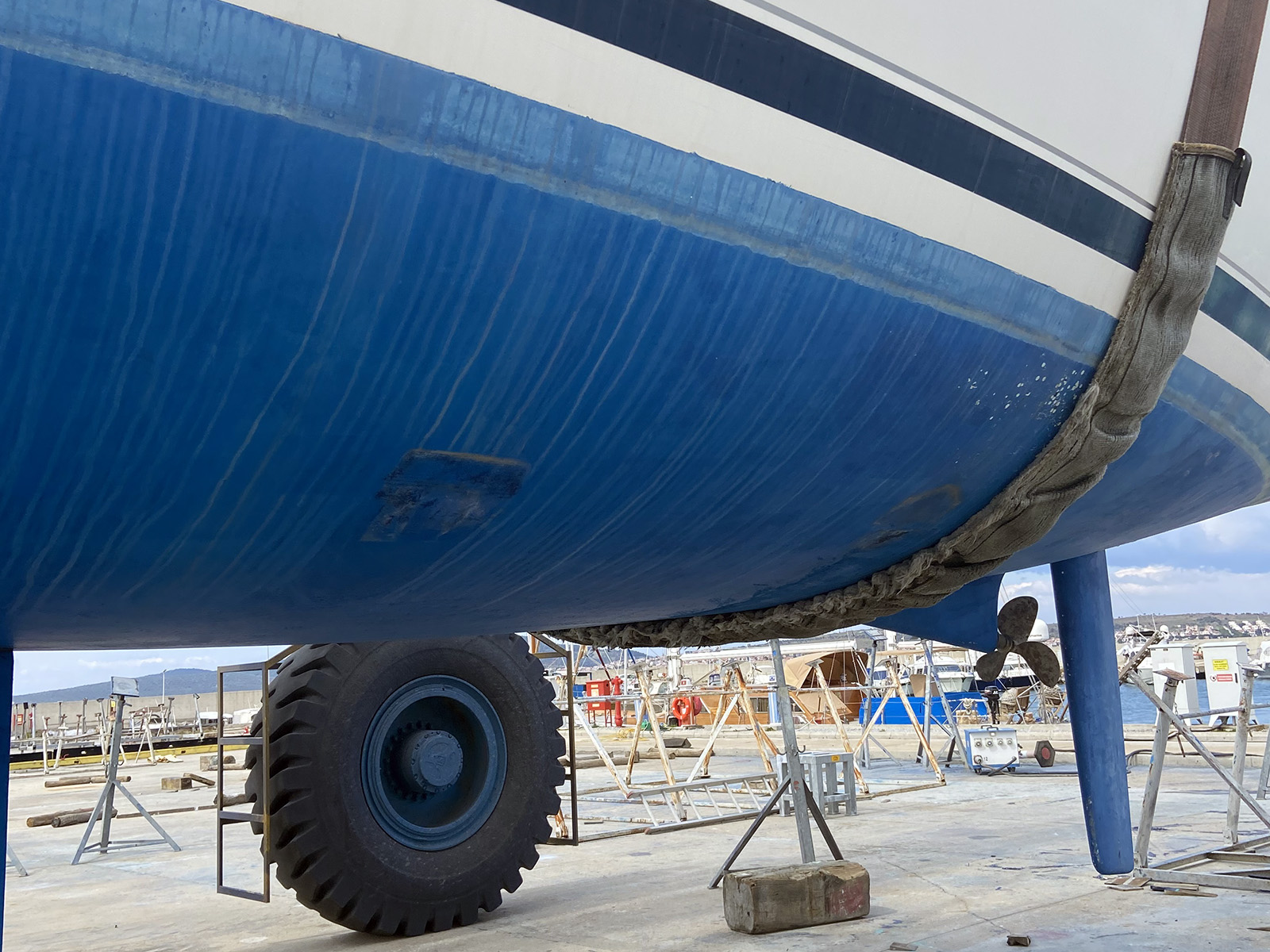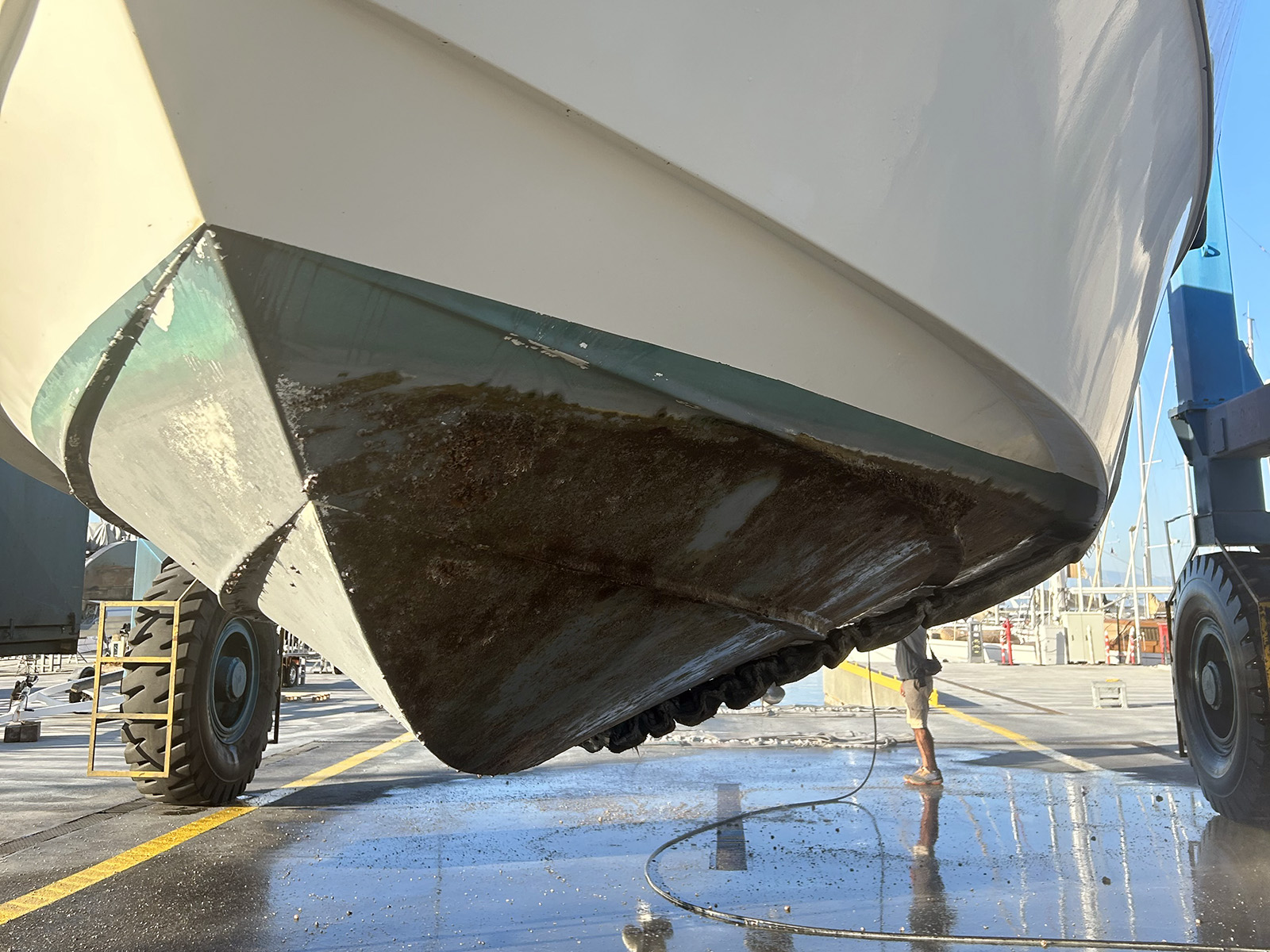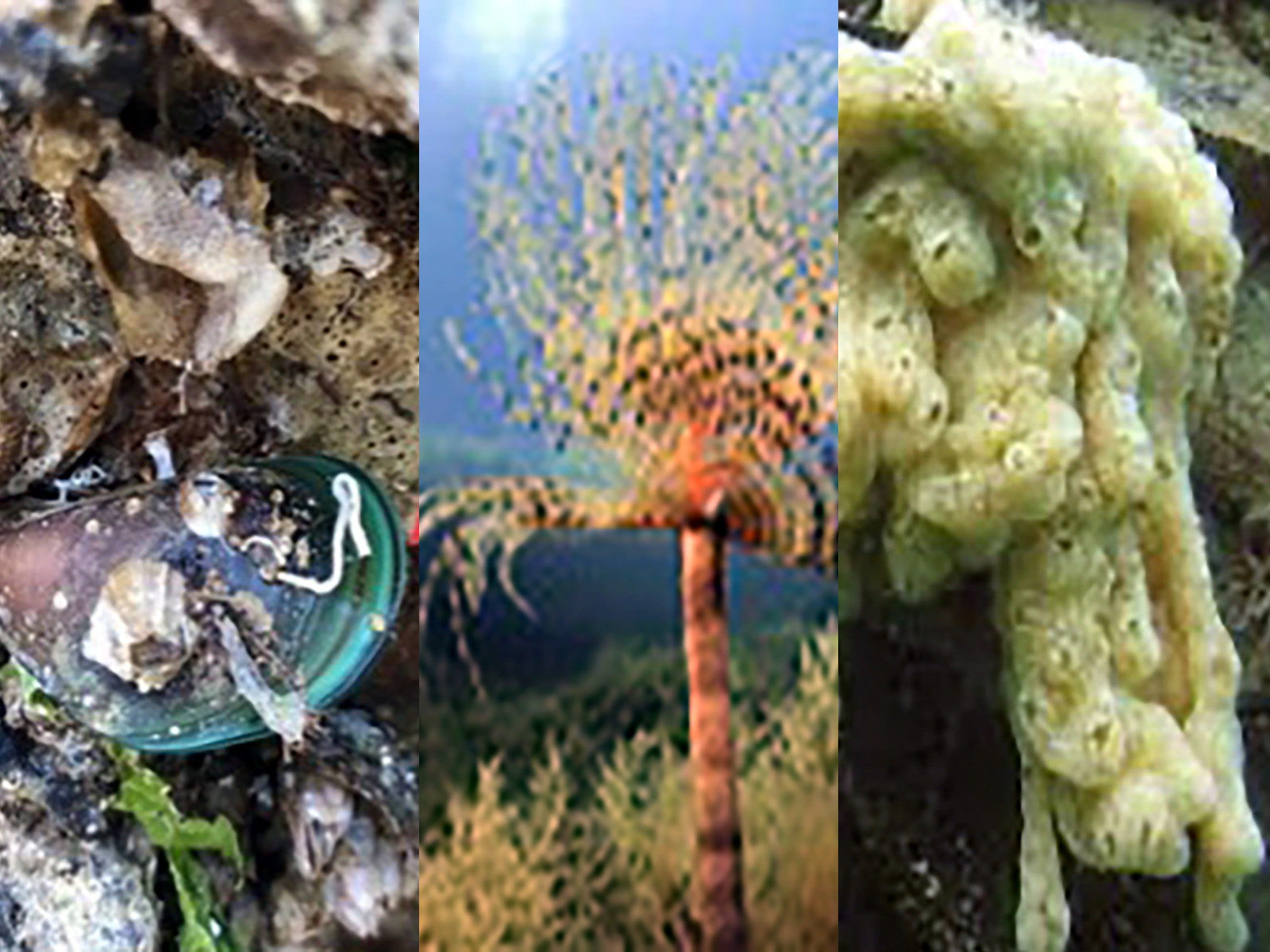Rahmi M. Koç receives the “Legacy Award”
Biological pollution, known as Biofouling in the universal jargon, known as "Barnacles" among sailors, poses a threat to both the boat and the environment. Luckily, there are ways to deal with them.
Görkem Baygın, Setur Marinas Ayvalık Front Office Representative
To deal with biofouling, we must first recognize our enemy. This is an enemy that takes many forms. Sometimes it can even take on a harmless, aesthetic appearance. Even so, they are divided into micro and macro-organisms. Maintenance and cleaning of the boat is relatively easy in micro-organisms, also called a layer of slime. However, macro-organisms not only affect the well-being of our boats, they also wage war on the environment, human health and our social and cultural values. That is because they are invasive species that negatively affect our biodiversity. They rapidly populate the seabed and feed by filtering seawater. In addition to their aggressiveness, they can grow fast. They like to live in temperatures with high salinity. They are such advanced and challenging enemies.

Considering environmental factors, the salinity of the sea and the water temperature increase the risk of fouling. However, as the water depth and the distance of the boat from the shore increases, the risk of Biofouling is minimized.
If your boat's hull has a high roughness, it provides a permanent settlement for these organisms. The type of anti-fouling coatings you have on the hull and the way they are applied also play an important role in the impact of clinging fouling.

Prolonged anchoring and sailing at lower than normal speeds can lead to an increase in biological pollution. Apart from the hull, rudders and propellers are the parts most affected by this war.
There are many things you can do to protect your boat and your life from these macro-organisms:
-
Take your boat out of the water to clean it at least once a year.
-
Remove biofouling creatures from the boat or trailer.
-
Drain the hull, piping and outboard motors.
-
Use pressurized water for cleaning the hull and equipment.
-
Treat equipment such as wetsuits etc. at 45 degrees for about 15 minutes after use.
-
After sailing, drain all water from the boat, including bilges. Wash outboard motors with fresh water and keep them in an upright position.
-
If your boat is equipped with an anchor, wash both the anchor and the chain before putting it in place.
-
Using your boat regularly during the summer season can also reduce the level of fouling.

Let's not forget to add: Niche areas, propellers, hinges, anchors, areas prone to free flooding and grounding are areas prone to biofouling due to different water flow conditions.
We have a clever enemy when it comes to the well-being of our boats and the environment. The challenge for us is to outsmart it and win this war no matter what.


